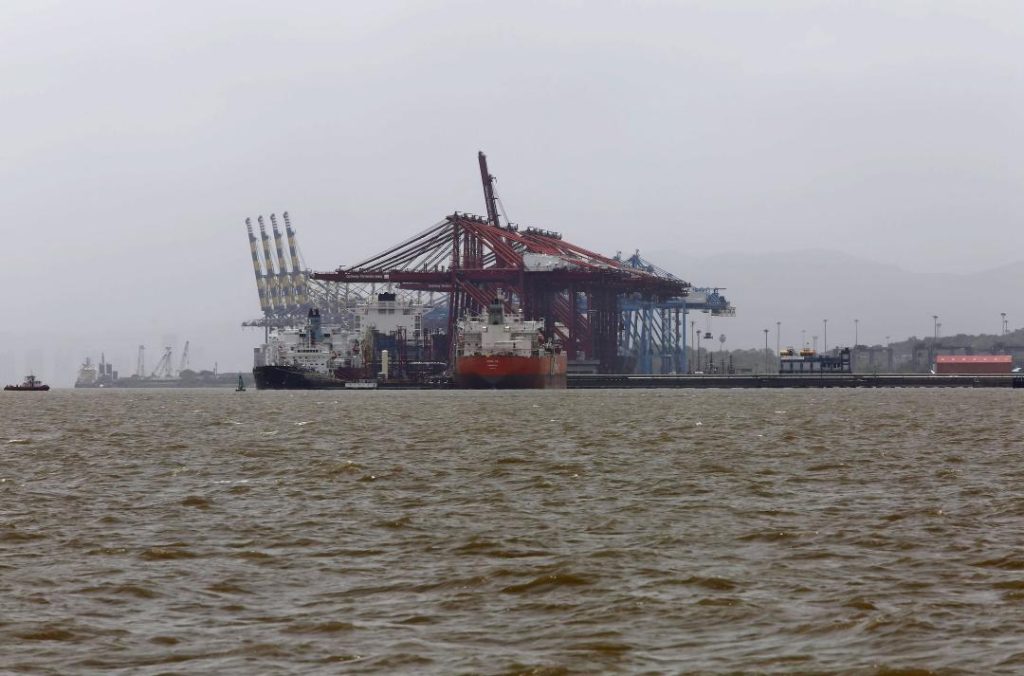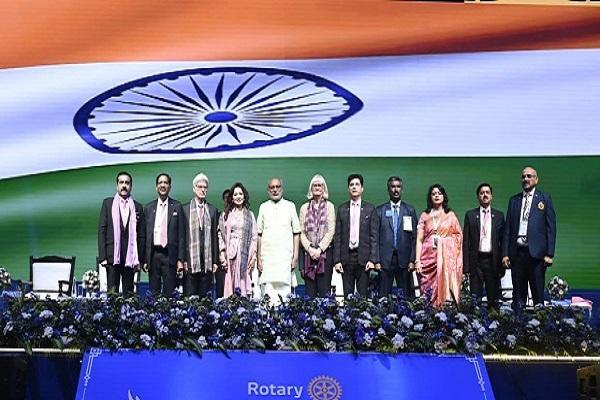
How was ₹800-cr scam undertaken by Tata firm & India’s largest container port’s ex-staff?
The Indian business landscape has witnessed numerous scams and irregularities in recent years, with several high-profile cases making headlines. One such case is the staggering ₹800-crore scam undertaken by former staff of Tata Consulting Engineers (TCE) and India’s largest container port, Jawaharlal Nehru Port (JNPT). The alleged scam, which has resulted in a cumulative loss of over ₹4200 crore, is a shocking example of the extent to which corruption can reach even in the most seemingly transparent and regulated industries.
According to a recent report by NDTV Profit, the Central Bureau of Investigation (CBI) has flagged the cumulative losses exceeding ₹4200 crore in the JNPA dredging project, with summons likely to be issued to the accused. The scam is believed to have been orchestrated by former staff of TCE, a leading engineering and consultancy firm, and JNPT, India’s largest container port.
So, how was this massive scam undertaken? The investigation suggests that the officials, allegedly in cahoots with contractors, chose a deeper 15-metre vessel draft instead of the recommended 14-metre, resulting in a loss of ₹1,163 crore. Furthermore, they opted for a single rate for dredging of different rock types, causing a loss of ₹557 crore. To make matters worse, the contractors undertook dredging for excess width, resulting in a staggering loss of ₹964 crore.
The JNPA dredging project, valued at ₹5,000 crore, aimed to deepen the port’s draft to 15.5 metres, enabling larger vessels to berth and increasing the port’s capacity. The project, which was awarded to a consortium of three contractors, was supposed to be completed by 2018. However, the allegations of irregularities and corruption have now raised serious questions about the project’s integrity and the involvement of the officials.
The CBI investigation has revealed that the officials, allegedly in collusion with the contractors, manipulated the project’s design and execution to siphon off funds. The deeper vessel draft, for instance, required the import of more dredging machines, resulting in a larger financial outlay. Similarly, the single rate for dredging of different rock types led to a significant increase in costs, which were then passed on to the government.
The investigation has also highlighted the lack of transparency and accountability in the project’s implementation. The officials allegedly did not follow the standard procedure for awarding contracts, and the contractors were not subjected to rigorous checks and audits. This lack of oversight created an environment conducive to corruption, allowing the officials and contractors to indulge in fraudulent activities.
The JNPA dredging project scam is a stark reminder of the importance of transparency and accountability in government projects. The alleged scam highlights the need for stricter regulations and more effective monitoring mechanisms to prevent such incidents in the future. It also underscores the importance of whistleblowers and investigative agencies in uncovering such scams and bringing the perpetrators to justice.
In conclusion, the ₹800-crore scam undertaken by former staff of TCE and JNPT is a shocking example of the extent to which corruption can reach in the Indian business landscape. The alleged scam, which has resulted in a cumulative loss of over ₹4200 crore, is a stark reminder of the need for stricter regulations and more effective monitoring mechanisms to prevent such incidents in the future. As the investigation continues, it is essential that the government takes swift and decisive action to bring the perpetrators to justice and ensure that such scams are not repeated in the future.






